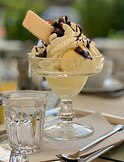
Ice cream is one of many similar “frozen” desserts including "frozen custard," "frozen yogurt," "sorbet," "gelato," and “sherbet”. These terms are used to distinguish different varieties and styles.
In the United States, “ice cream” applies to a single variety, and most governments around the world regulate the terms used according to relative quantities of the main ingredients (usually the amount of cream) and trade agreements. [e.g. Brandy and cognac are essentially the same, but any beverage using the name Cognac must be made in the Cognac region of France, while brandy can be made anywhere in the world. Both are made from grapes, and actually come from white wine.]
Today’s style of ice cream was made possible only by the discovery of the endothermic effect which allows cream to be frozen. Prior to this, cream could only be chilled. It was the addition of salt, which lowers the melting point of ice by drawing heat from the cream and allows it to freeze.
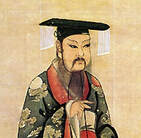
Even ice cream has a long history. Like many things, the earliest precursors of ice cream came from China, although the dates are rather fuzzy. Following is a list of more-of-less-factoids about the origins and development of ice cream.
King Tange of Shang Dynasty
Photo source: https://www.ancient.eu/Shang_Dynasty/
The Chinese are credited with making the first iced dessert, which was snow gathered from the mountains with fruit juice poured over it. King Tang of Shang of China had 94 ice men who helped to make a dish of buffalo milk, flour and camphor. Later, they developed another similar mixture of milk and rice frozen by packing it in snow. They are known to use ice houses to keep food cool as early as 1100 BC. The earliest known ice house [yachal] dates to 1780 BC, built by Zimri-Lim, the King of Mari, in the northern Mesopotamian town of Terqa.
970 -931 BC
Biblical references also show that King Solomon was fond of iced drinks during harvesting, and there is evidence that similar iced fruit drinks were popular in other locations in the middle east.
400 BC
400 BC, the Persians concocted a special chilled food, similar to a snow come, made of rose water and vermicelli, which was served to royalty during summers. The ice was mixed with saffron, fruits, and various other flavors.
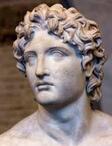
Alexander the Great enjoyed snow and ice flavored with honey and nectar. He is known to have used ice houses during his reign.
Photo credit: Daily Mail Online
Photo Source: funeralwise.com/alexander-great
200 BC
The first known record of the endothermic effect is written in the Indian collection of fables entitled Pancatantra, dating back to 200 BC. Some sources indicate it was the written in the 4th century AD.
200 BC
At about the same time the Chinese took an innovative leap from a sorbet to a sherbet-ice cream by introducing a basic milk and rice mixture which was frozen by packing it into snow.
100 BC – 400 AD
The Romans used snow flavored with fruits and juices. During the reign of Nero Claudius Caesar (A.D. 54-86), he frequently sent runners into the mountains for snow. The Romans used Ice houses from about 300 BC to keep foods fresh.
400 AD
In 400 BC, the Persians came up with a special chilled food, made of milk, sugar, rose water and vermicelli, which was served to royalty during summers. A ancient-type yakhchal in Yazd, Iran - Photo source:south-africa.blaauwberg.net/
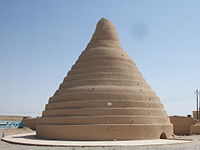
During the Tang Dynasty, the Chinese concocted a type of ice cream using heated, fermented milk, flour, and camphor. This began to resemble what we call ice cream.
1200s AD
The earliest written description of the endothermic effect (freezing) comes in the 13th century writings of Ibn Abi Usaybia, an Arab physician. The technique of "freezing" does not appear in any known European sources before to the 16th century.
“The origins of the ice cream we know today are believed to have first emerged in Italy. In view of the strong Arabic influences there, drawing upon the ancient iced traditions of Rome, of China as well as of others, this does not appear too surprising. Sicily itself was actually an Islamic Emirate during the years 965 to 1072, so in a sense the ‘oriental traditions’ may have bloomed on European soil in their very own right.” https://www.icecreamnation.org/ancient-china/
1300s AD
The explorer, Marco Polo (1254-1324), is believed to have seen ice-cream being made during his trip to China and introduced the dessert to Italy. He returned to Italy from the Far East with a recipe that closely resembled what is now called sherbet. Painting of Marco Polo receiving recipe from Khubla Khan
Photo source: icecreamnation.org/ancient-china/
1533 AD
France was introduced to the Italian ice-cream-like frozen desserts by Italian Catherine de Medici when she became the wife of Henry II of France.
1559 AD
Europeans develop a method whereby a freezing effect was created by using ice and salt – the technical precondition for ice cream-making of a more modern type.
1600s AD
King Charles I of England (1600-1649), is said to have offered his chef £500 a year to keep his ice-cream recipe a secret from the rest of England.
1600s AD
In the sixteenth century, the Persianate Mughal emperors from India employed relays of horsemen to bring ice from the Hindu Kush to Delhi, where it was used in fruit sorbets. Qulfi (also Kulfi) is a popular frozen dairy dessert from India and is often described as "traditional South Asian ice cream." It was adopted from Persian bastani sonnati, Persian ice cream.
1686 AD
Ice cream was first made available to the general public when Sicilian chef Procopio Cutò (also known by his Italian name Francesco Procopio dei Coltelli and his French name François Procope), introduced a recipe blending milk, cream, butter and eggs at Café Procope, the first café in Paris.
1744 AD
The first official account of ice cream in the New World comes from a letter written in 1744 by a guest of Maryland Governor William Bladen.
1776 AD
Phillip Lenzi opened the first ice cream shop in America in New York City in 1776. The term "iced cream" from "iced tea". The first advertisement for ice cream in the United States appeared in the New York Gazette on May 12, 1777.
1790 AD
Records kept by a Chatham Street, New York, merchant show that President George Washington spent approximately $200 for ice cream during the summer of 1790. Inventory records of Mount Vernon taken after Washington's death revealed "two pewter ice cream pots."
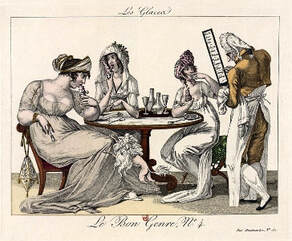
Ice cream remained a rare and exotic dessert enjoyed mostly by the elite until insulated ice houses were invented around 1800. At that point ice cream became more accessible to the general public.
Noblewomen eating ice cream in a French caricature, 1801.
Photo source: https://commons.wikimedia.org/wiki/File:Les_Glaces.jpg
1801 AD
Thomas Jefferson, third president of the United States, is said to be the first person to write down a recipe for Old Fashioned Vanilla Ice Cream, believed to be the oldest recipe for ice cream in the US. The original document resides in the Library of Congress.
1813 AD
Dolly Madison served a magnificent strawberry ice cream creation at President Madison's second inaugural banquet at the White House.
1825 AD
Edible ice cream cones were mentioned in French cooking books as early as 1825, when Julien Archambault described how one could roll a cone from "little waffles".
1832 AD
American confectioner, Augustus Jackson, created multiple ice cream recipes as well as a superior technique to manufacture ice cream.
1843 AD
Philadelphian, Nancy Johnson, received the first U.S. patent for a small-scale hand-cranked ice cream freezer.
Photo source: snowballmachinery.wordpress.com/first-ice-cream-machine/
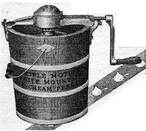
Jacob Fussell, a Baltimore milk dealer, pioneered the first commercial manufacturing ice cream in America.
1874 AD
The ice cream soda was invented by American Robert Green, although there is no
conclusive evidence to prove his claim.
1888 AD
Another printed reference to an edible cone is in Mrs A. B. Marshall's Cookery Book, written by Agnes B. Marshall (1855–1905) of England. Her recipe for "Cornet with Cream" said that "the cornets were made with almonds and baked in the oven, not pressed between irons".
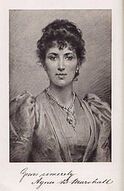
Agnes Marshall, "queen of ices"
instrumental in making ice-cream fashionable
Photo source: factory-shops-cape-town-south-africa.blaauwberg.net/
LATE 1800s AD
Several men claimed to have created the ice cream sundae originated in the late 19th century. Some sources claim the invention of the sundae was intended to circumvent blue laws, which forbade serving sodas on Sunday. Towns claiming to be the birthplace of the sundae include Buffalo, Two Rivers, Ithaca, and Evanston.
1902-1903 AD
Edible ice cream cones were patented by two entrepreneurs, both Italian, separately in the years 1902 and 1903. Antonio Valvona, an ice cream merchant from Manchester, UK, patented a biscuit cup producing machine in 1902; in 1903, Italo Marchioni, an Italian ice cream salesman, filed for the patent of a machine which made ice cream containers.
1904 AD
A man named Ernest E. Hamwi is also given credit by some for inventing the ice-cream-cone, which seems contrary to the fact that patents granted a year before. However, the legend has it that during the 1904 St Louis World's Fair in the United States, his waffle booth was next to an ice-cream seller who ran short of dishes. As a favor, Hamwi rolled his waffles to hold the ice-cream and the cone was born. Probably both are true.
1920 AD
Harry Burt puts the first ice cream trucks on the streets in the US.
1930 AD
A larger, "dripless cake cone" with a larger bowl-shape was invented in the 1930s. It allowed the ice-cream to sit in the bottom of the cone rather than nestle on the top.
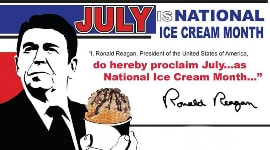
Former US president Ronald Reagan, issued Presidential Proclamation 5219, designating the third Sunday of July as National Ice Day and the month of July as National Ice Cream Month.
Photo source: blogs.ifas.ufl.edu/national-ice-cream-month/
The development of all ice cream may be a world-wide team effort, but not all ice cream is created equal. All versions are delicious, but there are in traditional recipes and flavors, both locally as well as internationally. Here are a few of the most interesting.
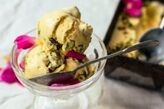
Made from Persian Rose Water, Saffron and Pistachio Ice Cream
Photo Credit: Izy Hossack
Photo source: food.com/recipe/bastani-persian
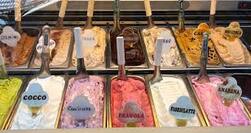
Gelato is a popular frozen dessert of Italian origin. It is generally made with a base of 3.25% milk and sugar. It is generally lower in fat than other styles of frozen desserts. Wikipedia
Photo Credit: Suzanne Ball | Food, Food blog
Photo source: epicurean-traveler.com/gelato
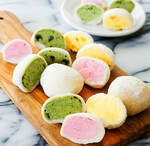
Mochi is a Japanese rice cake made with glutinous rice flour and has a chewy texture. Mochi Ice Cream is a thin layer of mochi wrapped around an ice cream filling. It’s creamy, sweet, with a little chewy outer shell, and just a very delightful treat.
Photo Source: kirbiecravings.com/mochi-ice-cream/
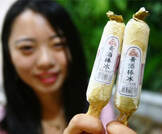
New in 2016, Huangjiu Bangbing is now the most popular ice cream in China, It tastes like wine and is made from yellow rice or millet, sold more than 40,000 sticks in Ningbo, East China's Zhejiang province alone in the first year on the market. While the Chinese ice cream isn’t so different in texture, they go in for bizarre flavors, such as beer, chili, garlic, and celery. Photo Credit and Source: chinadaily.com.cn/Bangbing
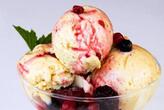
Halva, a sweet candy-like treat made from sesame seeds mashed into a sugar-and-honey paste, is common in many Israeli dishes. On a hot day in Tel Aviv, cooling off with Halva ice cream is a popular pastime.
Photo Credit: Thinkstock - Photo source: travelchannel.com/ice-cream-around-the-world
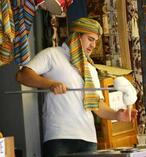
Turkish ice cream, dondurma, has a similar pliability to taffy. The street vendors in Istanbul have fun with its pliable texture, wowing passersby with its ability to not fall off a stick or melt. It’s thickened with salep, a flour made from orchids, which only adds to its exotic appeal.
Photo Credit: iStock - Photo Source: Photo Source: travelchannel.com/ice-cream-around-world
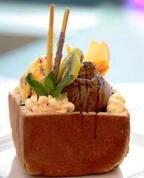
Ice Cream from the Philippines mixes two comfort foods that to the American ear may sound odd … cheese and ice cream. Once sold only by street vendors, today it’s crafted with real cheddar cheese by the brand Magnolia and sold in grocery stores all over the Philippines.
Photo Credit: iStock - Photo Source: travelchannel.com/ice-cream-around-world
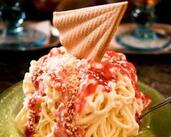
Leave it to the Germans. Germany’s spaghettieis resemble a plate of pasta, but this is vanilla ice cream drawn through a pastamaker and then topped with a strawberry topping (to look like tomato sauce). This playful play on pasta was created by an Italian in Germany in the 1960s and has been a popular dessert ever since.
Photo credit: Christian Cable, flicker - Photo source: travelchannel.com/ice-cream-around-world
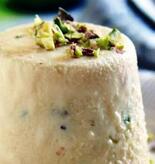
A mix of condensed milk, sugar and exotic flavors like saffron and cardamom, Kulfi has a dense texture more similar to custard than ice cream. Traditionally, this cool treat was only found in India’s street markets, kept frozen in earthenware pots of ice and salt. Now its popularity is so widespread, you can find it in Whole Foods’ frozen-food aisles.
Photo credit: Christian Cable, flicker - Photo source: travelchannel.com/ice-cream-around-world
ENJOY YOURSELF AND EAT AS MUCH ICE CREAM AS YOU WANT!
Sources:
http://www.holidayscalendar.com/event/national-ice-cream-day/
https://nationaldaycalendar.com/national-ice-cream-day-third-sunday-in-july/
http://news.bbc.co.uk/cbbcnews/hi/find_out/guides/tech/ice-cream/newsid_3634000/3634978.stm#:~:text=An%20ice%2Dcream%2Dlike%20food,by%20packing%20it%20into%20snow.
https://www.idfa.org/the-history-of-ice-cream
https://en.wikipedia.org/wiki/Ice_cream
https://factory-shops-cape-town-south-africa.blaauwberg.net/articles/all-about-foodstuffs/all-about-ice-cream
https://icecream.fandom.com/wiki/History_of_Ice_Cream#:~:text=History%20of%20Ice%20Cream,creating%20ice%20cream%20and%20milk.
https://epicurean-traveler.com/three-rules-of-gelato-how-to-order-like-an-italian/
https://chinafoodingredients.com/2015/08/21/china-the-worlds-biggest-ice-cream-market/#:~:text=Ice%20cream%20is%20believed%20to,up%20to%20the%20frosty%20dessert.&text=The%20Chinese%20word%20for%20this,Chinese%20word%20for%20'ice'.
https://www.travelchannel.com/interests/food-and-drink/photos/ice-cream-around-the-world
https://www.mnn.com/food/healthy-eating/stories/10-extreme-ice-cream-flavors
https://kirbiecravings.com/mochi-ice-cream/
https://www.chinadaily.com.cn/food/2016-08/04/content_26345623.htm
https://www.mnn.com/food/healthy-eating/stories/10-extreme-ice-cream-flavors
https://www.icecreamnation.org/ancient-china/
https://forknchopstix.com/did-the-chinese-invent-ice-cream/
Photos only:
https://commons.wikimedia.org/wiki/File:Les_Glaces.jpg
https://commons.wikimedia.org/w/index.php?curid=24554290
https://factory-shops-cape-town-south-africa.blaauwberg.net/articles/all-about-foodstuffs/all-about-ice-cream
https://commons.wikimedia.org/w/index.php?curid=69984
https://commons.wikimedia.org/w/index.php?curid=38329624
food.com/recipe/bastani-persian
https://snowballmachinery.wordpress.com/2015/01/14/the-first-ice-cream-machine/
http://blogs.ifas.ufl.edu/leonco/2015/07/15/july-national-ice-cream-month/
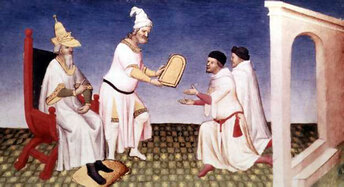

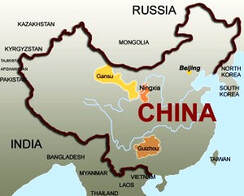
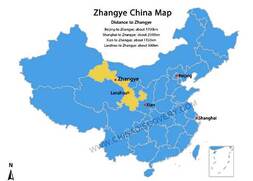
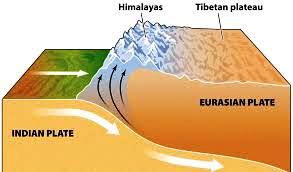

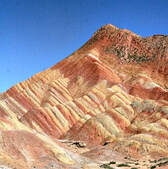
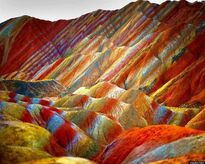
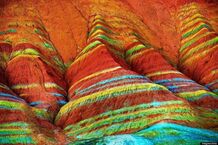
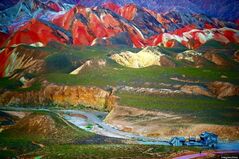
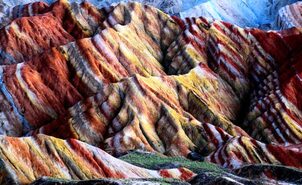
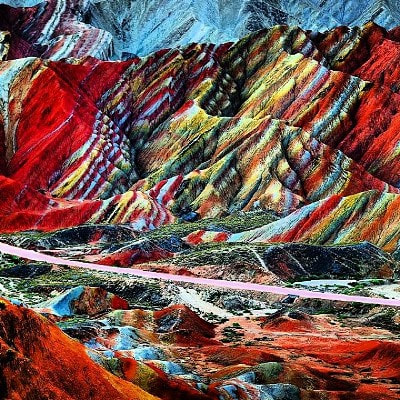
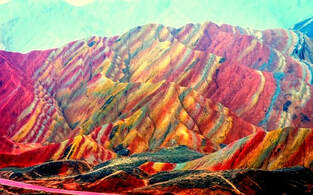
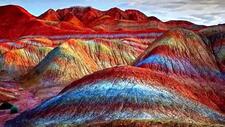
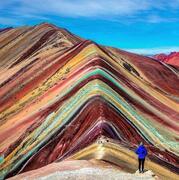


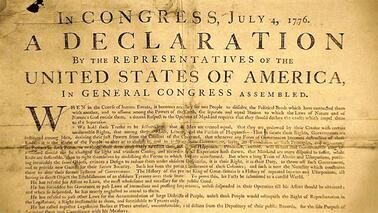
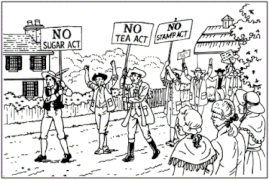
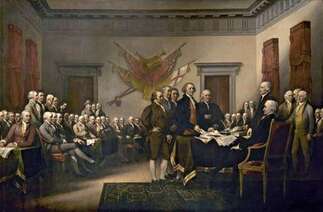
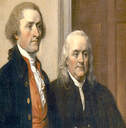

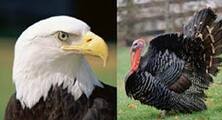
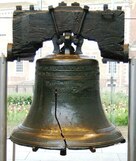
 RSS Feed
RSS Feed